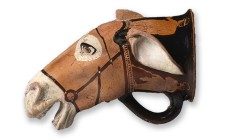About
Trafficking Culture is an interdisciplinary research consortium with an overall interest in understanding the illicit trade in cultural objects, developing and refining an evidence base for promoting effective policy interventions to reduce this global form of trafficking.
Our researchers, based at Maastricht University, Oxford University, University of Victoria at Wellington, and University of Glasgow combine criminological and archaeological expertise and participate in a number of independent, but thematically-overlapping research projects, supported by the rest of the Trafficking Culture consortium and by other colleagues. Our work is geographically diverse and inherently interdisciplinary.
From 2012 until 2016 this research programme was housed at the University of Glasgow’s Scottish Centre for Crime and Justice Research and was funded by the European Research Council.
General Interests:
- Analysis of antiquities sales and acquisitions data in order to provide size and shape estimates for the international illicit market
- Development and evaluation of cultural heritage policy
- Ethnographic research and fieldwork into antiquities looting and trafficking routes, as well as heritage security
- Comparative analysis of parallel and related illicit commodities smuggling, including wildlife, fine art, fossils, and drugs
- Qualitative interview of trade participants, regulators, and stakeholders
Our guiding principle is that the trade is demand-led and that effective countermeasures need to be focused on shrinking the destination market by reducing demand. By conducting innovative quantitative and qualitative research we have established and are growing a body of reliable, empirical evidence that can support the formulation of more effective cultural heritage protection policy. We are also committed to raising public and political awareness of the trade and of possible solutions to these problems by means of social media and other means of on-line education, as well as by targeted professional training.
Current Projects:
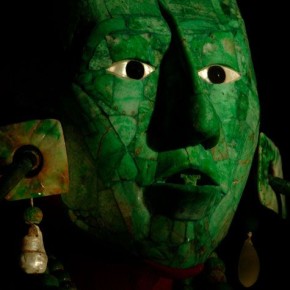 |
Trafficking transformations: objects as agents in transnational criminal networksThis 5 year project, funded by a €1.5mil European Research Council Starting Grant, will explore the role that objects play within transnational criminal networks, exploring the broad question “can objects cause crimes?” Starting in Jan 2020, the team will follow the pathways of objects of desire: cultural objects, fossils, and collectable rare wildlife in the Americas, the South Pacific, and Africa. |
Donna Yates, Simon Mackenzie, and Annette Hübschle |
 |
Global synchronization and the illicit antiquities trade: understanding community crime prevention in post-earthquake Nepal and MyanmarFunded by the Scottish Funding Council Global Challenges Research Fund, this project compares community-based security models in Nepal and Myanmar to assess why and how looting of cultural heritage takes place. It aims to understand the key issues and stakeholders involved in the custodianship of movable cultural heritage and the different factors influencing the efficacy of crime prevention strategies. |
Emiline C.H. Smith |
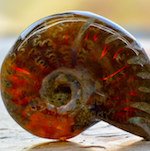 |
Criminogenic CollectablesThis project, funded by the Scottish Funding Council’s Global Challenges Research Fund scheme, pilots an object-centred methodological framework to understand the physical and contextual changes that antiquities, fossils, and rare wildlife undergo during the trafficking process, and to produce actionable, policy-relevant results to intervene in these criminal markets. |
Donna Yates |
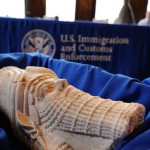 |
Endangered Archaeology in the Middle East & North Africa (EAMENA)EAMENA’s primary aim is to rapidly record and evaluate the status of the archaeological landscape of the MENA region in order to create an accessible body of data which can be used by national and international heritage professionals to target those sites most in danger and better plan and implement the preservation and protection of this heritage. |
Neil Brodie |
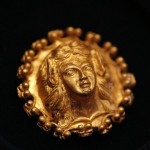 |
Understanding the international market in illicit cultural objectsWhat are the best ways to encourage and support this type of anti-crime response from dealers? What is the role of shady, untrustworthy, or criminal dealers in the ordinary functioning of the market? What does the market consider appropriate, sensitive, but effective regulation to look like? Does criminalisation work as a deterrent in this field? |
Simon Mackenzie |
 |
Stolen GodsSacred art is alive: it is a major component of the identities of living people and communities.The theft, trafficking, and destruction of sacred art is a special subset of the larger study of the movement of illicit art and antiquities. It has its own unique causes and, perhaps, its own unique solutions. |
Donna Yates |
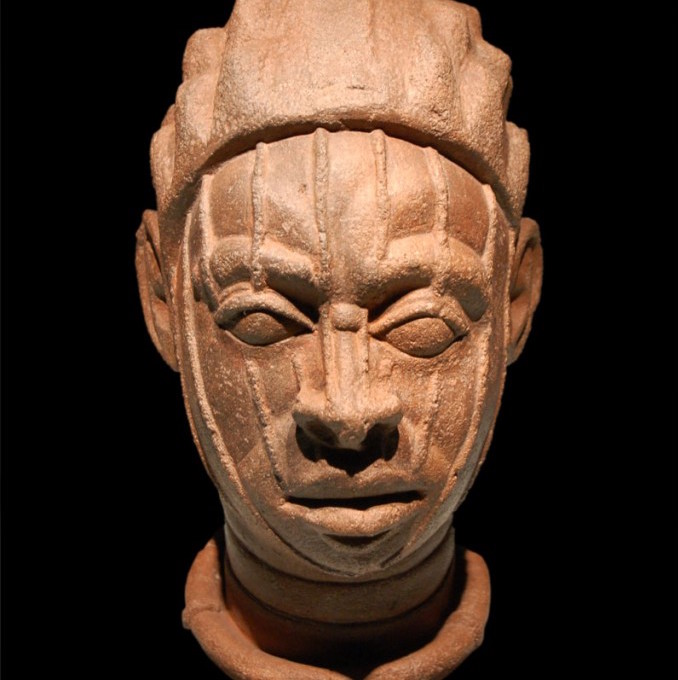 |
Culture Crime NewsAn ever-growing and searchable database of antiquities and art crime articles from the popular press. |
Donna Yates |
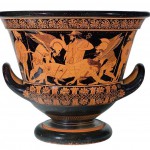 |
Tracking Illicit AntiquitiesOngoing project to identify antiquities depicted in the photo archives confiscated from dealers of looted antiquities within the records and publications of auction houses, museums, private collections and galleries. |
Christos Tsirogiannis |
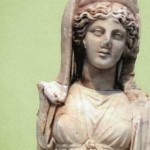 |
Measuring the international market in illicit cultural objectsHow large is the market in terms of material volume and monetary value? Can the incidence or severity of looting and illicit trade be inferred from fluctuations over time in the volume or price of material on the market? Can the effectiveness of policy countermeasures be inferred from fluctuations over time in the volume or price of material on the market? |
Neil Brodie |
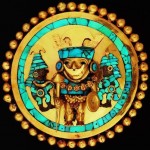 |
Illicit Traffic in Latin American Antiquities: The dynamics of a criminal marketThe primary aim of this project is to develop a better understanding of the criminal networks involved in the trafficking of illicit cultural objects from Latin America, and to do this from a perspective which calls attention to the relationship between the practice of trafficking antiquities and the regulatory structures which attempt to effect crime control. |
Donna Yates |
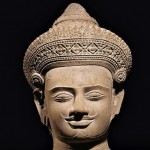 |
From Illicit to Licit: The Laundering of Looted Antiquities into Legitimate ArtworksThis research aims to better comprehend this looted-to-legitimate transformation by tracing the journey of antiquities from Cambodia, through the market, to overseas collections. |
Tess Davis |
